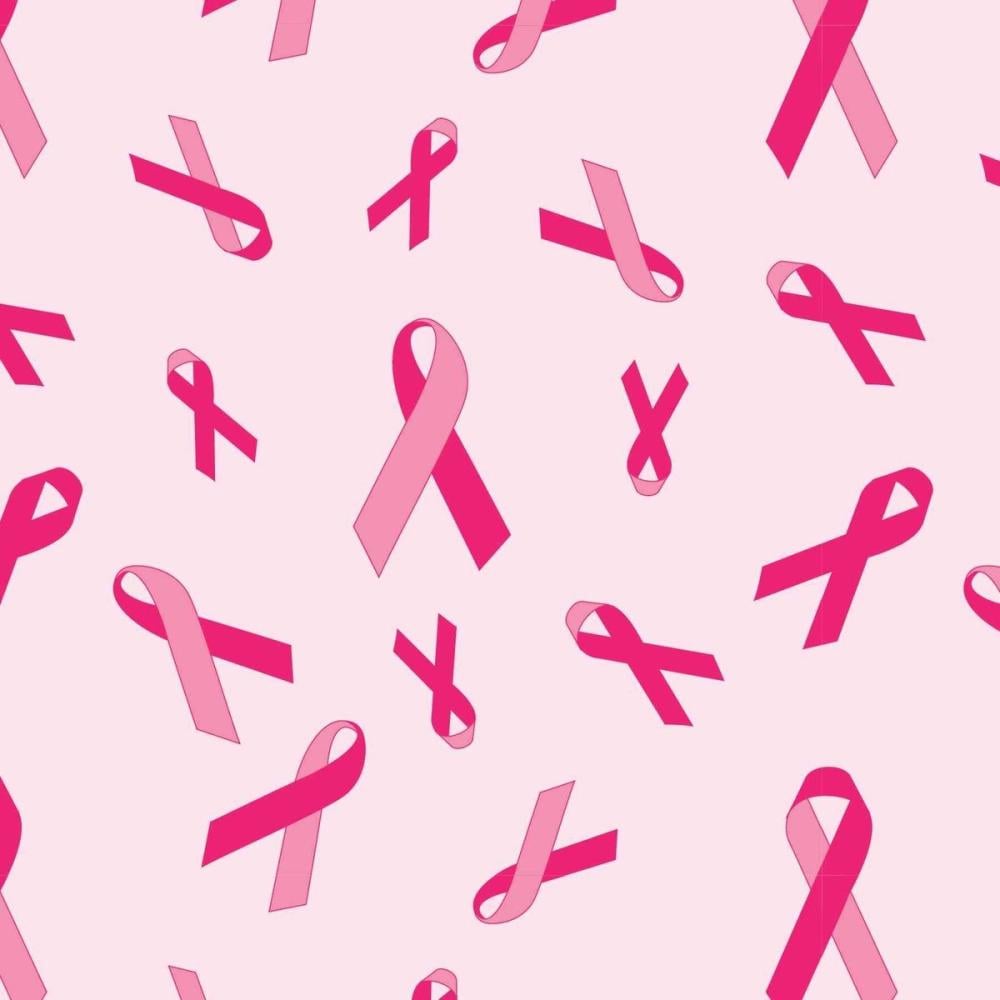
Early detection of breast cancer is one of the most important factors in increasing the chances of successful treatment. Discovering the disease in its early stages makes therapy more effective and less complicated. Since awareness is the first step toward prevention, here are five simple steps to perform a breast self-exam at home.
Step 1: Stand in Front of a Mirror
- Stand in front of a mirror with your hands resting at your sides. Observe the shape, size, and color of your breasts.
- Look for any visible changes such as dimpling, swelling, or skin irregularities.
- Also, check whether there are any changes in the position or appearance of the nipples.
Step 2: Raise Your Arms
- Lift your arms above your head and look carefully at your breasts from different angles.
- Notice if there are any visible distortions or differences in movement or contour when your arms are raised.
Step 3: Check for Discharge
- Gently press each nipple to check for any discharge — whether clear or tinged with blood.
- If you notice any unusual fluid, contact your doctor immediately.
Step 4: Examine While Lying Down
- Lie on your back and place a small pillow under your right shoulder.
- Use your left hand to examine your right breast using the pads of your fingers, moving in small circular motions.
- Start from the outer edge of the breast and move gradually toward the nipple, ensuring you cover the entire area.
- Repeat the same process for the left breast.
Step 5: Examine While Showering
- When your skin is wet and smooth during a shower, it’s easier to feel any changes.
- Move your fingers gently over each breast and under the armpit to check for any lumps or unusual areas.
- If you feel anything abnormal, schedule an appointment with your doctor.
Final Tip
Perform the self-exam once a month, ideally a few days after your menstrual period ends, when the breasts are least tender and in their natural state.
Remember, a self-exam does not replace a professional medical check-up or regular screening, but it helps you become familiar with your body and detect any early warning signs.

